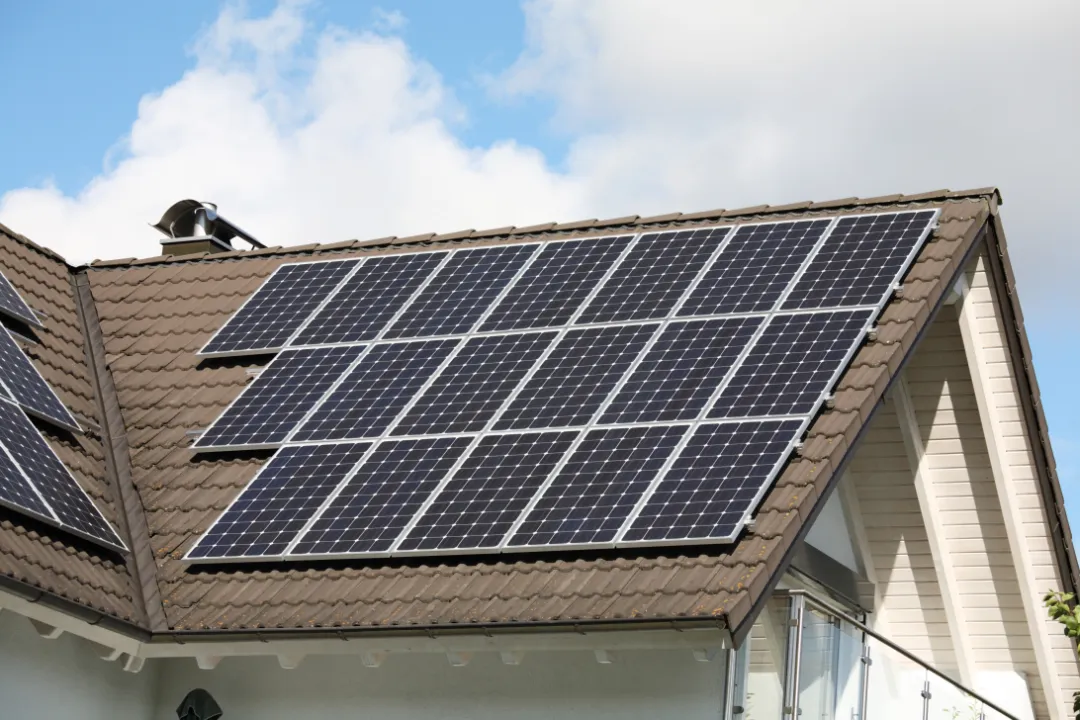PALM HARBOR SOLAR PROS BLOG
Insights from Our Solar Energy Journey

Solar Panels Unleashed: A Step-by-Step Guide to Installation and Maintenance
Welcome to the world of solar panels, where harnessing the power of the sun is as accessible as a stroll in the park. Like a roadmap to an unexplored land, our step-by-step guide will navigate you through the process of installing and maintaining your very own solar panel system. From assessing your energy needs to choosing the perfect solar panel system, preparing your roof for installation, and finally, the installation process itself, we've got you covered. But it doesn't end there. We'll also delve into the important task of maintaining and monitoring your solar system, ensuring its optimal performance for years to come. So, let's embark on this electrifying journey together.
Assessing Your Energy Needs
When assessing our energy needs, it is important to evaluate our current electricity consumption and determine how much energy we require on a daily basis. By understanding our electricity usage patterns, we can better calculate the potential savings that solar panels can offer. To start, we need to gather our utility bills from the past year and identify the average amount of kilowatt-hours (kWh) we consume each month. This data will serve as a baseline for comparison once we transition to solar power.
Next, we should research solar incentives available in our area. Many local and state governments offer financial incentives, such as tax credits or rebates, to promote the adoption of solar energy. These incentives can significantly reduce the upfront cost of installing solar panels. Additionally, some utility companies offer net metering programs, allowing homeowners to sell excess energy back to the grid and further offset their electricity costs.
Choosing the Right Solar Panel System
Now that we have assessed our energy needs and explored available solar incentives, it is crucial to select the right solar panel system for our specific requirements. When choosing a solar panel system, one important factor to consider is the solar panel efficiency. Solar panel efficiency refers to the amount of sunlight that a solar panel can convert into usable electricity. Higher efficiency panels can generate more electricity in the same amount of space compared to lower efficiency panels. This is especially important if you have limited roof space or want to maximize the energy output of your system.
Another factor to consider is the availability of government incentives. Many governments offer financial incentives, such as tax credits or rebates, to encourage the adoption of solar energy. These incentives can significantly reduce the cost of installing a solar panel system and provide a quicker return on investment. It is essential to research and understand the incentives available in your area and how they can benefit you financially.
Preparing Your Roof for Installation
To ensure a successful solar panel installation, it is crucial to properly prepare your roof. This involves conducting a thorough roof inspection and making any necessary modifications. Before installing solar panels, it is important to examine the condition of your roof. A professional roof inspection will assess its structural integrity and identify any potential issues that may affect the installation process. This inspection will determine if your roof is capable of supporting the weight of the solar panels and if it needs any repairs or reinforcements. If any modifications are required, such as fixing leaks, replacing damaged shingles, or reinforcing the roof structure, it is essential to address them before proceeding with the installation. These necessary modifications will ensure that your roof is in optimal condition to support the weight and securely hold the solar panels. By taking the time to thoroughly inspect and prepare your roof, you will minimize the risk of future complications and ensure a smooth and successful solar panel installation.
Installing Solar Panels Step-by-Step
We will now walk you through the step-by-step process of installing solar panels on your roof. The first step is to determine the best position for your solar panels. You want to maximize their exposure to sunlight, so choose an area on your roof that receives the most direct sunlight throughout the day. Avoid shading from trees or nearby structures that could obstruct the panels.
Once you have selected the position, it's time to start the installation process. Begin by attaching the mounting brackets to your roof. Make sure they are securely fastened to ensure the stability of the panels. Next, position the solar panels on the mounting brackets and secure them in place. Double-check that they are aligned properly and facing the right direction to capture the most sunlight.
After the panels are securely positioned, it's time to make the electrical connections. Connect the positive and negative leads from the solar panels to the inverter, which converts the DC power generated by the panels into AC power for use in your home. Make sure all connections are tight and secure to prevent any loose connections or potential electrical hazards.
Maintaining and Monitoring Your Solar System
After successfully installing your solar panels, it is important to regularly maintain and monitor your solar system to ensure optimal performance. Monitoring efficiency is crucial in maximizing the benefits of your solar panels. By keeping an eye on the system's performance, you can identify any issues or inefficiencies and take prompt action to address them.
To monitor the efficiency of your solar system, you can use various tools and techniques. One common method is to regularly check the inverter's display for any error codes or abnormal readings. Additionally, you can install monitoring software or devices that provide real-time data on your system's performance, such as energy production and consumption.
In addition to monitoring efficiency, troubleshooting issues promptly is essential to keep your solar system running smoothly. If you notice any sudden drops in energy production or unusual behavior, it is crucial to investigate and identify the underlying cause. This may involve checking for any physical damage to the panels, loose connections, or issues with the wiring system. In some cases, you may need to seek professional assistance to resolve complex issues.
Regularly maintaining and monitoring your solar system ensures that it operates at its full potential, maximizing your savings and reducing your carbon footprint. By taking proactive steps to monitor efficiency and troubleshoot issues, you can enjoy the benefits of your solar panels for years to come.
Conclusion
In conclusion, installing and maintaining solar panels can be a rewarding and environmentally-friendly way to meet your energy needs. By assessing your energy requirements, choosing the right system, and preparing your roof for installation, you can take the necessary steps to harness the power of the sun. With regular maintenance and monitoring, you can maximize the efficiency and longevity of your solar system, ensuring a sustainable and cost-effective energy solution for years to come.
Connect With Us
Locations We Serve:
© Copyright 2025 Palm Harbor Solar Pros. All Rights Reserved.
Terms & Conditions | Privacy Policy

